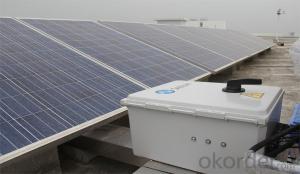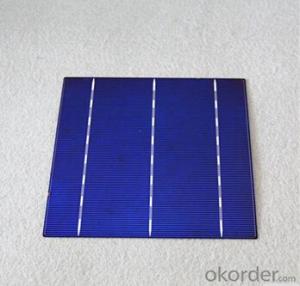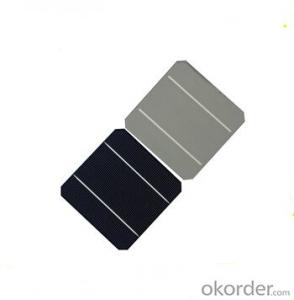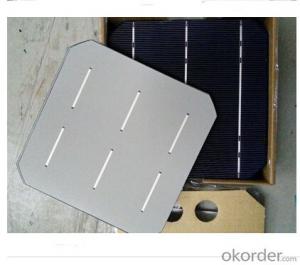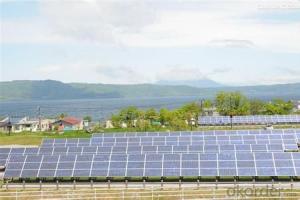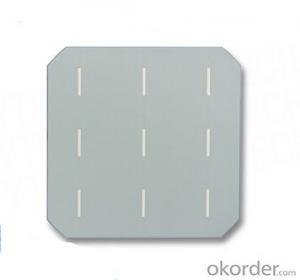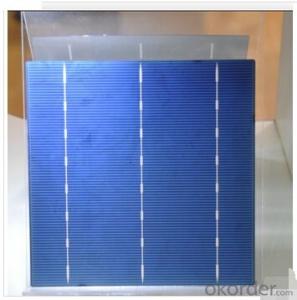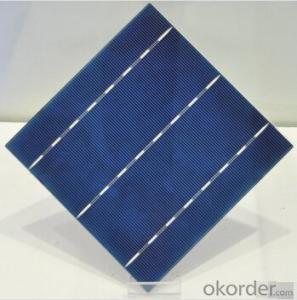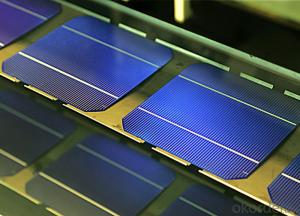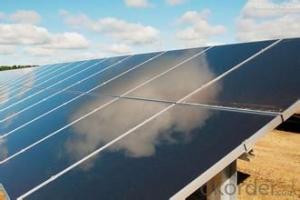Fraunhofer Solar Cells
Fraunhofer Solar Cells Related Searches
Except For Solar Cells Weegy Problems With Solar Cells High Power Solar Cells Light Trapping In Solar Cells High Performance Solar Cells High Output Solar Cells High Wattage Solar Cells Energy Transfer In Solar Cells High Efficiency Hvac Systems Recombination In Solar CellsHot Searches
Cheap Solar Cells For Sale Flexible Solar Cells For Sale Q Cells Solar Panels For Sale Printed Solar Cells For Sale Bulk Solar Cells For Sale 6x6 Solar Cells For Sale Broken Solar Cells For Sale Cpv Solar Cells For Sale Photoelectric Cells For Sale Price Of Silicon Solar Cells Price Of Solar Cells Over Time Buy Solar Cells From China Cheap Solar Cells China Best Type Of Solar Cells Flexible Solar Cells Price Q Cells Solar Panels Price 3 Types Of Solar Cells Production Of Solar Cells Common Types Of Solar Cells Q Cells Solar Panel PricesFraunhofer Solar Cells Supplier & Manufacturer from China
Okorder.com is a professional Fraunhofer Solar Cells supplier & manufacturer, offers integrated one-stop services including real-time quoting and online cargo tracking. We are funded by CNBM Group, a Fortune 500 enterprise and the largest Fraunhofer Solar Cells firm in China.Hot Products
FAQ
- Extreme temperature fluctuations can have a significant impact on solar cell efficiency. When the temperature rises, solar cells tend to generate less electricity due to increased resistance and decreased voltage. Conversely, in colder temperatures, solar cells may experience higher efficiency initially, but this could be offset by reduced performance as the temperature drops even further. Therefore, extreme temperature fluctuations can lead to a decrease in overall solar cell efficiency, affecting their ability to harness and convert sunlight into usable electrical energy.
- Yes, solar cells can be installed on vehicles. In fact, many electric and hybrid vehicles are equipped with solar panels on their roofs or hoods to harness solar energy and supplement their power source. These solar cells help to charge the vehicle's battery and increase its overall efficiency, reducing the reliance on traditional charging methods and improving sustainability.
- Yes, solar cells can be used for water heating applications. Photovoltaic (PV) solar cells can convert sunlight directly into electricity, which can then be used to power electric water heaters. Additionally, solar thermal collectors can be used to heat water directly by absorbing sunlight and transferring the heat to the water. Both methods offer efficient and sustainable alternatives to traditional water heating systems.
- The role of power optimizers in solar cell systems is to maximize the energy output of each individual solar panel by ensuring that it operates at its maximum power point (MPP). Power optimizers achieve this by mitigating the effects of shading, module mismatch, and other factors that can decrease the overall performance of the system. They also enable panel-level monitoring and provide important data on the performance of each individual panel, allowing for more efficient maintenance and troubleshooting.
- Yes, solar cells can be used in military applications. They can provide a reliable and sustainable source of power for various military equipment and operations, such as powering communication systems, surveillance devices, and remote military outposts. Solar cells offer the advantage of being lightweight, portable, and environmentally friendly, making them well-suited for military use in remote or off-grid locations. Additionally, solar power reduces the dependence on traditional fuel sources, minimizing logistics challenges and enhancing operational effectiveness.
- Yes, solar cells can be used for outdoor signage. Solar cells can convert sunlight into electricity, which can power the lighting or display systems used in outdoor signage. This eliminates the need for grid electricity, reducing costs and making outdoor signage more sustainable and environmentally friendly.
- Yes, solar cells can be used on mobile devices. Many smartphones and other mobile devices now come with built-in solar panels or have the capability to be charged using external solar panels. This allows users to harness solar energy to charge their devices, providing a sustainable and eco-friendly alternative to traditional charging methods.

















